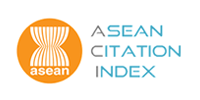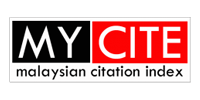Effect of Process Parameters on the Recycled Ageing Polyamide-12 Tensile Strength in Selective Laser Sintering (SLS)
DOI:
https://doi.org/10.58915/ijneam.v17iDecember.1613Keywords:
Selective laser sintering, PA 12, Tensile properties, OrientationAbstract
Selective laser sintering (SLS) applications are rapidly growing in various sectors such as automobile, aeronautics, biomedical and custom consumer products. The properties of SLS made parts exhibit high dependence on the settings of process parameters, which can be improved by choosing and adjusting sintering conditions accurately. This paper presents research work for evaluating the effect of process parameters on the tensile properties of the part manufactured on Farsoon SS402P SLS from recycled ageing FS 3300PA which is PA-12 based powder and standard operating parameters using Response Surface Methodology (RSM) design of experiments. Typically, the recommendation from the manufacturer’s laser power is 70watt. The research is designed to fabricate the parts by SLS with three-part arrangements i.e. (0-degree XY/Y, 90-degree YZ/Y and 180-degree YZ/Y) by three different value of laser power, which are 67.5watt, 70watt, and 72.5watt with different values of layer thickness i.e. (0.09mm, 0.12mm and 0.15mm). Comparison have been made between the virgin powder and recycled power regarding tensile result. Tensile tests have been performed as per the ASTM D638 standard using recommendations from ISO/ASTM 52921. According to the results, effect of laser power is successfully analyzed by employing tensile strength test.

















